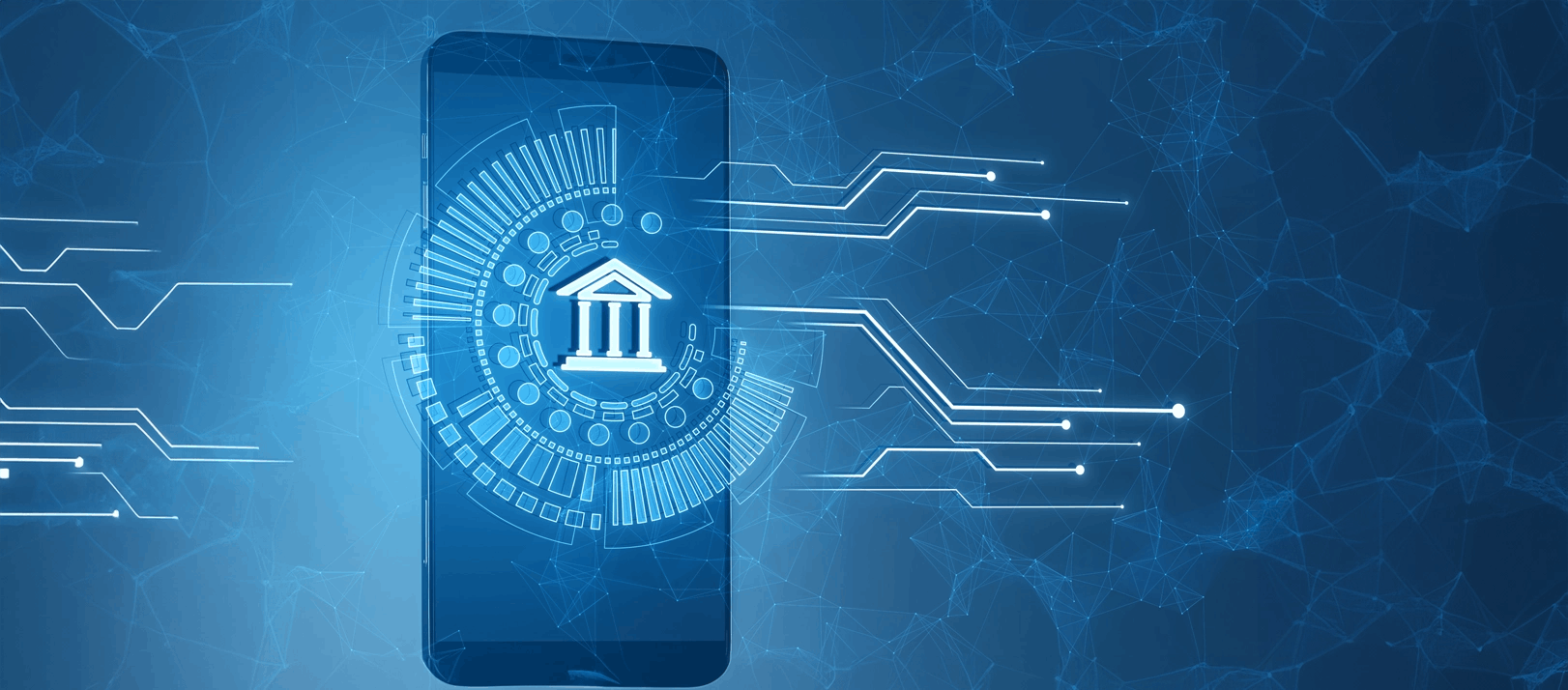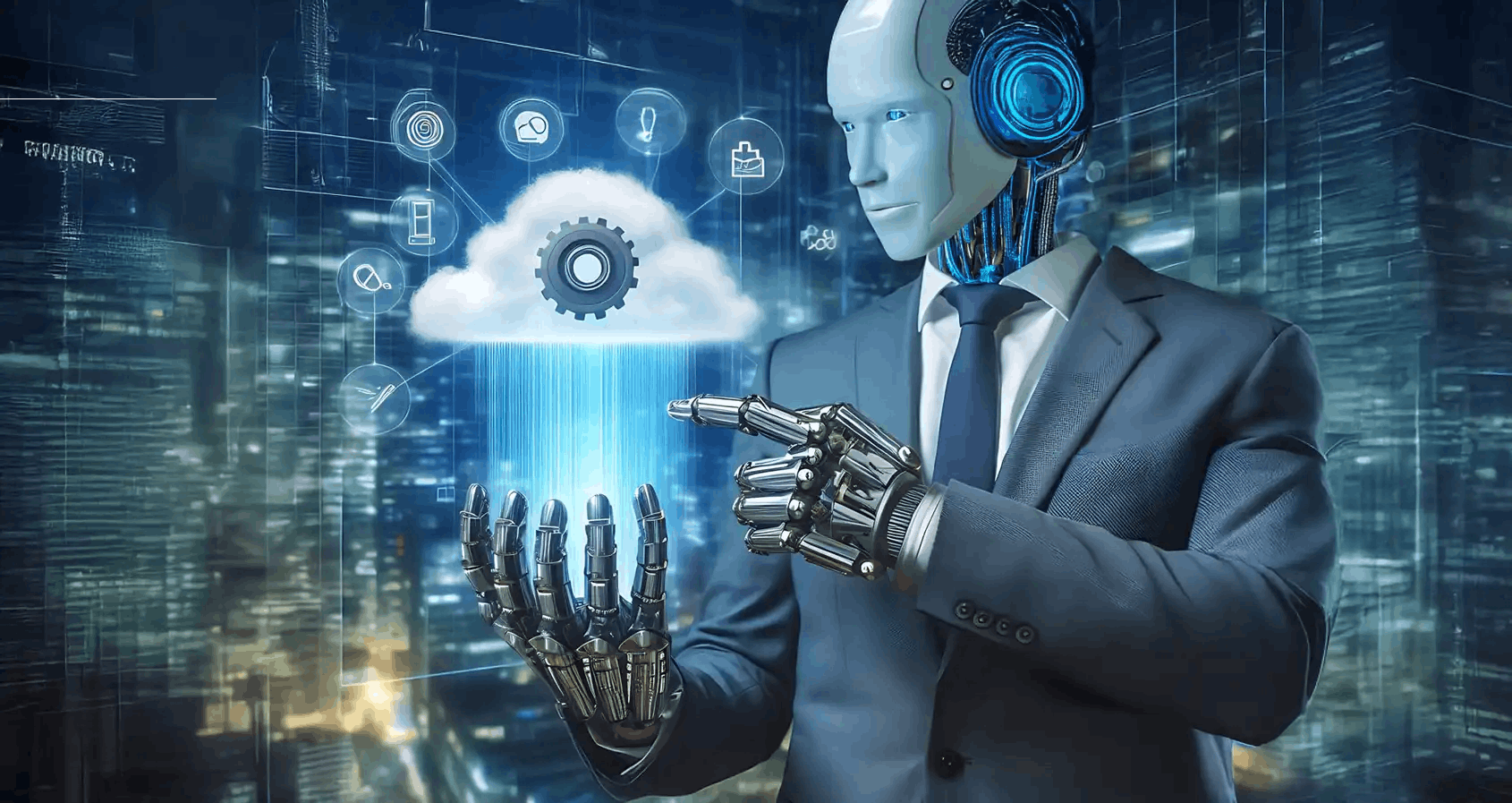
,
Julia, Chief Technology Officer (CTO) at a rapidly expanding tech company is working to make the system efficient. For a long time, Julia faced the inefficiencies of manual procedures. Her team frequently faced the challenge of overwhelming tasks that were tedious and left them with less time for creative problem-solving or strategic initiatives. Imagine a world where Julia’s company’s processes are smoothly executed without any human involvement. And she can focus on strategy and expansion. This is not a future vision of our world – it is Agentic AI’s promise.
In this rapidly changing digital world, companies are always under pressure to do their work smarter, cut their expenditures and beef up their productivity. Although RPA (Robotic Process Automation) and rule-based systems have been the classical technologies that help in automating either repetitive and structured tasks or static and rules-driven tasks, they usually fail to handle complex, dynamic and unstructured tasks. However, AI agents can make all these things possible.
The Fundamentals of Agent
Agentic AI is the term for the software agents that can carry out their tasks independently through autonomous reasoning, decision-making and adjustment to different situations beyond the intervention of humans. These agents are self-directed like virtual workers who can take care of all the sectors from customer support to data analysis and supply chain optimization. They are engineered to understand the purposes and gauge the situation. In addition, pursue actions accordingly besides even learning and developing their abilities with time.
Introducing AI agents is a wise move for businesses to decrease the expenses for repetitive tasks. It also accelerate processes and redirect the work that requires creativity. Besides that, this brings out a higher level of productivity, quicker decision-making processes and finally, a more strategic position in the market. But the question is still left unanswered—how can you make an effective, robust and reliable Agent system that will integrate flawlessly into your automation project?
Let's go through the key components and the step-by-step procedure to make it happen.
Key Components of AI Agent
- Goal-Oriented Behavior
They are able to concentrate on the achievement of particular goals, just as humans do when they address problems. The AI agents are so capable that they can be made to automatically arrange the tasks with the highest priority, distribute resources and also steer them toward set objectives. - Adaptable and Context Aware
These agents are context-aware, which means that react based on their surroundings. - Autonomy
AI Agent stands out mainly because it is autonomous. Unlike AI Agent, traditional automated functions need human oversight constantly to run the system. - Adaptive Learning
These agents are constantly refining their performance by learning from their interactions and the results of the actions they have done. - Decision-Making Capabilities
These systems have the ability to make the most suitable decisions by evaluating data, projecting future outcomes and selecting the best possible action.
Steps to Develop Best AI Agent to Automate Enterprise Workflows
Step 1: Identifying Use Cases for AI Agent
The first step in building a reliable AI Agent solution is to identify the ideal use case. Not every process is good for automation, so it is important to identify the cases that have the most impact and which are in line with your business goals.
For instance, AI agents in customer service can successfully handle all types of inquiries, resolve issues and give the customer personalized support. In supply chain management, it can independently run operations such as optimizing logistics, forecasting demand and inventory management. Likewise, if we speak of finance, it can do the job of channelling over costs, automatically processing invoices and ensuring compliance.
Thoroughly review your present workflows, pointing out pain points, repetitive tasks and areas where decision-making is most critical. It thus will guide you in finding the point where AI agents can be most impactful to the business, resulting in increased productivity and decreased operational costs.
Step 2: Clear Objectives and KPIs Settings
When we have determined the appropriate use cases, the next step is to create clear objectives for your AI Agent implementation.
Key Performance Indicators (KPIs) may include:
- Efficiency Gains
Follow up on the ways to save time and get more out of fewer resources in your tasks. - Cost Reduction
Evaluate the reduction in operating costs due to the introduction of automation. - Error Minimization
Observe the limitation of errors in data-intensive processes. - Scalability
Measure scalability by figuring out the increased workload that the system can handle without affecting performance. - Customer Satisfaction
Examine the development in the customer response times and the feedback score.
Creating specific KPIs for your AI, you can be sure that it will be doing the job of an Agent and be one of the major factors in business success.
Step 3: RobustAI Agent Architecture Designing
AI Agent system’s architecture is the core of its trustworthiness and efficiency. Setting up a robust foundation involves the integration of the technologies and frameworks that encourage autonomous decision-making.
A typical AI Agent architecture includes:
- Natural Language Processing techniques are used in the understanding and processing of human language.
- Machine learning models can train AI to perform tasks.
- Knowledge management systems can store both structured and unstructured data that AI agents can use to make decisions.
- Integration via APIs with enterprise systems to connect them to the already used platforms like CRM, ERP and cloud storage allowing for uninterrupted data flow.
- Security Protocols to keep sensitive data confidential and make sure compliance is made with regulations like GDPR.
Step 4: AI Agents Training Using Advanced ML Techniques
The training phase is the one where your Agent begins to shape and become a functional system that can perform tasks automatically. The training process includes the use of different machine learning techniques that give AI agents the ability to conduct their own operations without any help from outside.
Approaches to Training AI Agents:
- Supervised Learning
In this type of learning, the AI is trained on labeled data that associates the labels with the corresponding patterns and behaviors. This is essential for machine learning tasks like sentiment analysis and customer segmentation. - Unsupervised Learning
In this case, the AI autonomously mines unstructured data for patterns that are not preprogrammed. With this technique, it is possible to examine data coming from customers and explore market trends with the use of said data. - Reinforcement Learning
Reinforcement learning, which is also applied in situations where continual development is critical, relies on the mechanism where AI agents can learn by trial and error. - Transfer Learning
A method speeding up the training process through the application of pre-trained models, thus, adjusting AI to new tasks and environments where they need some time.
Using various training methods together will help your AI agents to learn from real-life problems.
Step 5: AI Agent Integration into Enterprise Workflows
Integrating AI agents into your company in a way that is non-disruptive to existing workflows calls for a strategic approach. Introducing a pilot program to test the AI in a controlled environment giving users the chance to give feedback and make changes before a full-scale rollout.
Steps for Successful Integration of AI agentic Flow:
- Pilot Testing
Limit the initial implementation to a specific department or process. Choosing this approach, AI's capabilities can be checked and its influence on workflow efficiency can be reviewed. - Change Management
Use the potential opposition of employees to the process of change by introducing their participation in the transition. Train and make sure they comprehend how to work with AI agents successfully. - Process Optimization
During the deployment of AI Agent, you shall undertake the redesign of existing workflows by eliminating redundancies, thus making the processes faster and smoother. This might be the reconfiguration of processes to fit AI capabilities. - Scalability PlanningMake sure that your automatically generated AI tool can grow with your business.
Through these methods, you can draw the maximum advantages of AI Agent that will give your business operation running and flexibility.
Step 6: Continuous Monitoring and ongoing Optimization
Regular supervision and good debugging of the AI agents are very important to reliable and effective software. Create performance dashboards to track important metrics of the improvement process and perform regular audits to find areas that have to be improved.
Strategies for Ongoing Optimization:
- Performance Analysis
Exploit analytics tools to observe the AI's execution in real time, thus, allowing the identification of bottlenecks and weaknesses that can be improved. - User Feedback
Gather feedback from employees and customers to adjust the AI's behavior and thus improve the user experience. - Model Updates
Update machine learning models on a regular basis to the latest data and thus AI agents will stay relevant and can be highly effective.
Incorporating a forward-looking attitude in your monitoring and optimization strategy helps you to make sure that your AI Agent system is adaptive and scalable and that your business objectives are met.
Conclusion
Agentic AI is the new way in which organizations operate, offering the highest automation possible, as well as decision-making abilities. Workflows could be simplified, expenditures can be reduced and creativity can be improved using Agenctic AI. As we enter an era that expands the possibilities and technologies of artificial intelligence, using AI agents is one of the most important elements for digital transformation.
Codiste is leading the AI Agent development industry by creating customized AI solutions that fit into your business processes without a glitch. Codiste has vast experience in the creation of software agents that are capable of intelligent behavior like learning, decision-making and when and how to interact with Humans. Thus, business owners have access to the latest technologies such as machine learning, natural language processing and automation.



Top Industries Benefiting from AI Voice Assistants in Customer Service
Know more
Building a Compliance-First Neobank: Tech Stack, AI Models, and Regulatory Architecture
Know more
